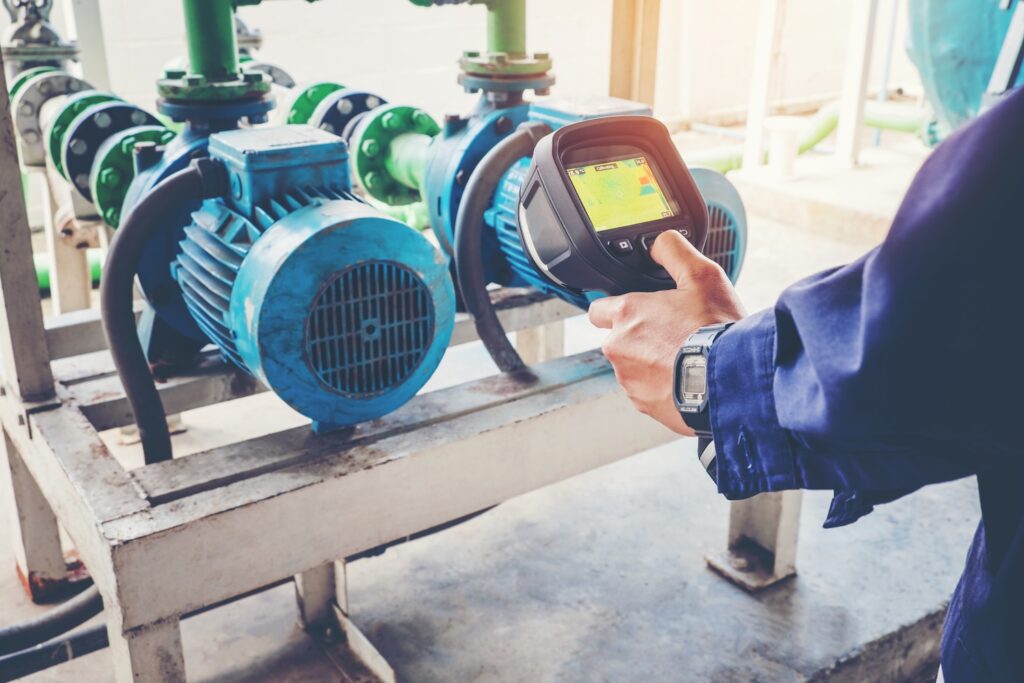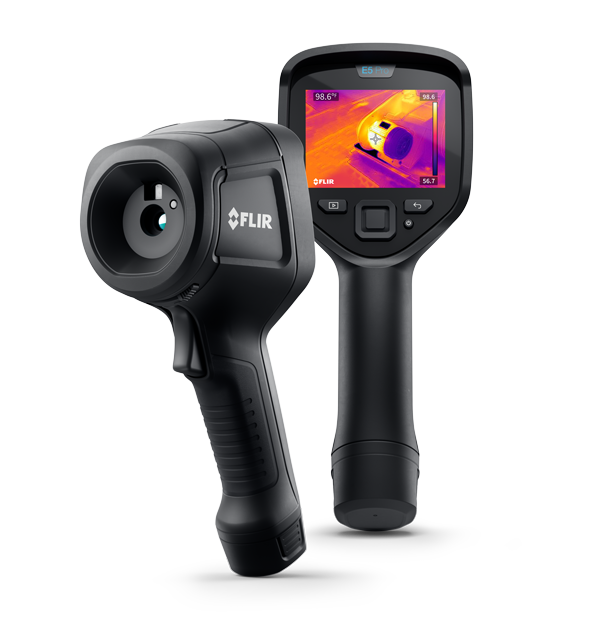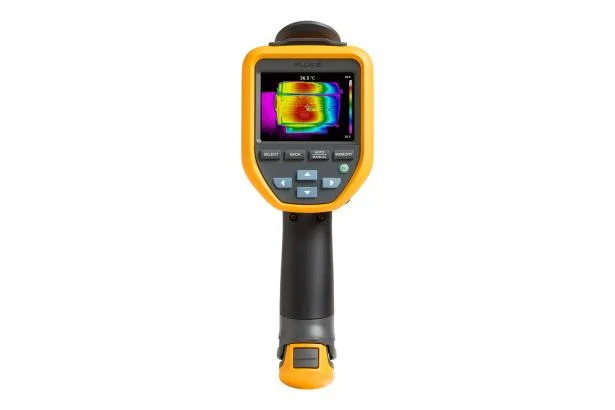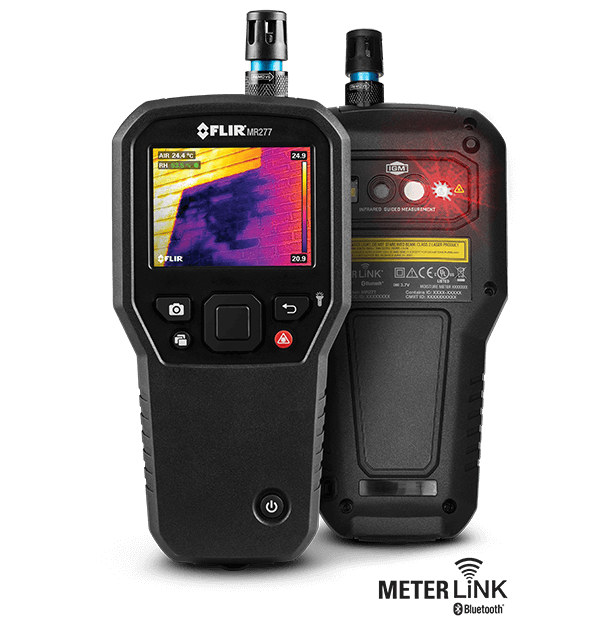Electrical motors are critical components in various industrial, commercial, and residential applications. Over time, these motors can experience wear, misalignment, electrical faults, or overheating, leading to inefficiency, failure, or damage. A thermal imaging camera is a powerful tool that can help detect issues in electrical motors before they lead to serious problems. This guide will walk you through how to use a thermal imaging camera effectively for electrical motor inspections.
- Why Use Thermal Imaging for Electrical Motor Inspection?
Thermal imaging cameras detect infrared radiation (heat) emitted from objects, converting it into visual images that display temperature variations. By identifying hot spots, you can detect potential problems in electrical motors such as:
- Overheating bearings: A sign of friction or improper lubrication.
- Electrical overloads: Causing excessive heat buildup in windings.
- Misalignments: Resulting in uneven heating due to excessive stress on motor components.
- Poor ventilation: Leading to excessive operating temperatures.
Early detection of these issues through thermal imaging can help prevent costly breakdowns and extend motor lifespan.
- Preparation Before Inspection
Before starting a thermal inspection of an electrical motor, take the following steps:
- Ensure motor is running under normal load: For accurate results, inspect the motor while it is operating under its typical load conditions. Motors behave differently under varying loads, and problems may not appear if the motor is running at reduced capacity.
- Review maintenance records: Familiarize yourself with the motor’s maintenance history, including any recent repairs or performance issues, which can guide your inspection.
- Ensure safety: Motors and their components may have exposed parts, so take appropriate safety precautions, such as wearing proper PPE and maintaining a safe distance while using the thermal camera.
- Inspecting the Motor with a Thermal Imaging Camera
Thermal imaging provides a non-contact method for identifying temperature differences on the motor’s surface, which can point to internal or external issues. Here’s how to use the thermal camera for each part of the motor.
- Motor Housing
The outer housing of the motor should have a consistent temperature profile. Hot spots or uneven heating patterns on the housing can indicate internal problems.
- Scan the motor housing: Use the thermal imaging camera to scan the entire surface of the motor housing. Pay attention to areas near the windings and bearings, as these are common points of failure.
- Look for hot spots: Unusual hot spots may indicate internal friction, electrical faults, or excessive load on the motor.
- Bearings
Bearings play a crucial role in the smooth operation of the motor. Excessive heat buildup in the bearings can indicate misalignment, improper lubrication, or wear.
- Inspect the bearing housings: Point the thermal camera at the bearings on both ends of the motor.
- Identify temperature differentials: The temperature of the bearings should be consistent. Elevated temperatures (compared to baseline readings or other bearings) suggest issues such as insufficient lubrication or bearing wear, which can lead to failure.
- Windings and Stator
The windings inside the motor convert electrical energy into mechanical energy, and the stator helps guide this energy. Faults in windings (such as electrical overloads, insulation failure, or phase imbalance) can cause overheating.
- Look for excessive heat in the stator or windings: While you cannot directly inspect the windings inside a closed motor, abnormal heat on the external surface near the windings can suggest electrical problems.
- Check for consistent heat distribution: Ensure that the heat distribution around the stator is even. Localized heating may indicate an internal short, phase imbalance, or improper electrical connections.
- Coupling and Shaft Alignment
If the motor is connected to other equipment (such as a pump or conveyor) through a coupling, ensure that the shaft alignment is correct. Misaligned shafts create stress and friction, leading to overheating.
- Inspect the motor-to-load coupling: Use the thermal camera to check the coupling between the motor and the equipment it is driving. Hot spots around the coupling or shaft area may indicate misalignment.
- Check for abnormal temperature on the shaft: The motor’s shaft should have a consistent temperature. Localized heating on the shaft may point to alignment issues or mechanical wear.
- Electrical Connections
Faulty electrical connections or improper wiring can lead to overheating and electrical faults in motors.
- Inspect the motor’s electrical terminals: Point the thermal camera at the electrical connections to the motor. Any excessive heat in these areas may indicate loose connections, corrosion, or electrical imbalances.
- Compare phases: If inspecting a three-phase motor, ensure that each phase has a similar temperature. A significant temperature difference between phases may signal phase imbalance, which can cause uneven power distribution and overheat the windings.
- Analyzing and Documenting the Thermal Data
After scanning the motor with the thermal camera, it’s time to interpret the thermal images.
- Identify hot spots: Compare the thermal images to the motor’s normal operating temperature. If specific areas are hotter than expected, further investigation is needed.
- Use baseline readings: Compare your thermal data with baseline readings from previous inspections. Any significant deviation from these readings could indicate a developing problem.
- Document findings: Record thermal images and temperature data for future reference. Many thermal cameras allow you to store images digitally and add notes for easy reporting. This documentation can be used to track motor health over time.
- Actions Based on Thermal Imaging Results
Once you’ve completed the inspection and analyzed the results, you can take corrective actions based on the findings:
- If bearings are overheating: Consider re-lubricating the bearings, replacing them if necessary, or checking for shaft misalignment.
- If windings show overheating: Investigate the electrical system for phase imbalances, insulation breakdowns, or overloaded circuits.
- If electrical terminals are hot: Tighten loose connections, clean corroded terminals, or re-inspect the electrical wiring.
- If there are coupling or shaft issues: Check the alignment and ensure the motor and connected equipment are properly calibrated.
- Establishing a Regular Inspection Routine
To maximize the benefits of thermal imaging, make it a regular part of your motor maintenance routine. Regular inspections can detect minor issues before they escalate into costly failures. Compare new thermal data with previous readings to monitor any developing trends.
Conclusion
Thermal imaging is a highly effective tool for inspecting electrical motors. By detecting heat variations in motor components, you can identify issues like overheating bearings, misalignments, electrical imbalances, or ventilation problems before they cause serious damage. Regular use of thermal imaging as part of your maintenance program helps extend motor life, improve reliability, and reduce downtime. Thermal imaging camera hire offers a great way to get started!




